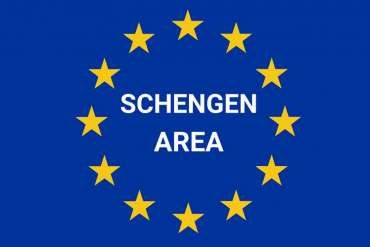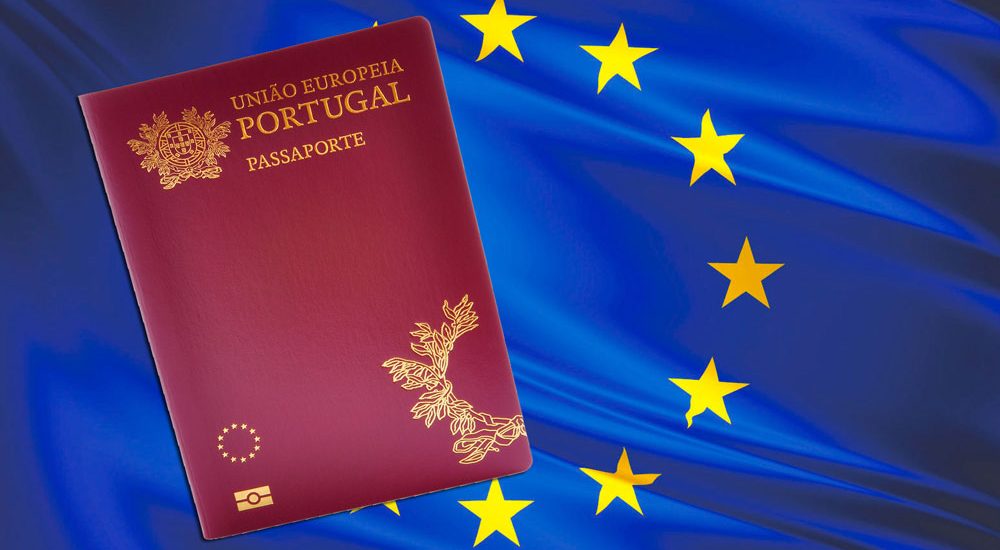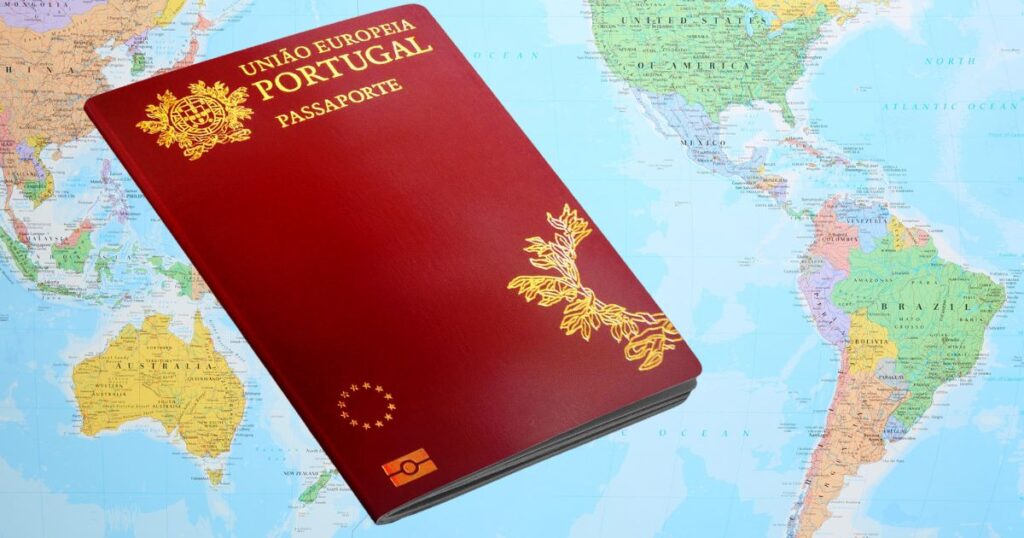Knowing about Schengen area is probably the most important for travelers, immigrants and those who seek citizenship in the EU member states. This is could avoid so many problems in the future!
Sometimes EU and Schengen area may be confusing to many outsiders and third country nationals.
For example Cyprus, Bulgaria, Romania and Croatia are not even schengen countries at all. They may join in the future, but not yet.
Why Schengen is important? Things you don’t know!
You can avoid so many problems associated with your travel and immigration status, just by having a little knowledge about Schengen area and countries. For example,
- First understand which countries are in Schengen and in Non-Schengen.
- Leaving the schengen area (eg. Croa) and coming back requires a multiple entry visa. You would be stranded with single entry can cant come back.
- Sometimes you wont even know you left the schengen area (e.g you visited Monaco). With the Covid-19 crisis and everything almost all schengen countries have reinforced internal borders so more checks.
- You apply for citizenship in a country that is not a schengen member (eg. Cyprus). Note there is an important distinction with citizens and residents. Free movement is not restricted to citizens. If you become a Cypriot citizen, you become EU citizen and your free movement wont be restricted, despite Cyprus being a non-schengen state. Cyprus applied for membership last year in Sep 2019..
- Residence permits or visas issued by non-schengen states is not valid for visa travel in the schengen area. This is very important. Our advice is dont apply for golden visa programs in non-schengen countries .
- Important differences! Schengen Visas are only valid for short term (less than 90 days) while residence permits are valid for more than 90 days (D visa). A residence permit probably give you more rights in the schengen area, such as access to education, healthcare, work etc.
The Schengen Area
The Schengen Area is an area comprising 26 European states that have officially abolished all passport and border control at their mutual borders functioning as a single jurisdiction for international travel purposes, with a common visa policy. The area is named after the 1985 Schengen Agreement.
As of 2020, 22 of the 27 EU member states participate in the Schengen Area.

EU-member states:
23 EU countries that are part of the Schengen area borders
Austria, Belgium, Czechia, Croatia, Denmark, Estonia, Finland, France, Germany, Greece, Hungary, Italy, Latvia, Lithuania, Luxembourg, Malta, the Netherlands, Poland, Portugal, Slovakia, Slovenia, Spain and Sweden
Non-EU member states
These four EFTA Associated countries also participate in the schengen area:
Iceland, Liechtenstein, Norway and Switzerland
Note: These four country citizens are not EU citizens
Non Schengen members
- EU member states: 3 EU members that are not part of the Schengen Area —Bulgaria,, Cyprus, and Romania—but are legally obliged to join the area in the future
- Defacto Microstates: Monaco, San Marino, and Vatican City
- Opt-out State – Ireland opted out therefore not part of Schengen area
- Territories – Territories of French, Dutch and British not part of schengen area
- Candidates – Montenegro, Albania, Serbia, Turkey and North Macedonia
- Potential candidates – Bosnia and Herzegovina, Kosovo
Note: Schengen states should not be confused with European Union.
Citizenship by Investment
Malta is the only country that offer citizenship by investment that is a part of Schengen. Cyprus, Bulgaria are expected to join the schengen in the future after 2021. All other CBI passports have vis waiver agreements to visit schengen area with the EU
Types of Schengen Visas
A – Airport transit visa
B – Transit visa valid for 5 days
C – Uniform short stay less than 90 days (tourist, business, study)
D – Long stay visas for more than 90 days
Visa fee: 80 euro (from Feb 2020)
Schengen Visas may be issued with limited territorial validity (eg. person holding a travel document not recognised by all Member States)
Where to apply?
You must file an application for a Schengen visa at the Consulate of the country that you intend to visit, or – if you intend to visit more than one Schengen State, the Consulate of the country where you will spend the longest period.
As a general rule, you must apply for a visa at the Consulate with territorial competence for the country in which you legally reside.
Duration of Stay
The days should be counted from the date you enter the Schengen area (the entry stamp) to the date you exit the Schengen area (the exit stamp), i.e. both days included.
As from 18 October 2013 for the vast majority of the third-country nationals – irrespective of being visa required or exempt – who intend to travel to the Schengen area for a short stay (contrary to reside in one of the Member States for longer than 3 months) the maximum duration of authorised stay is defined as “90 days in any 180-day period
The date of entry shall be considered as the first day of stay on the territory of the Member States and the date of exit shall be considered as the last day of stay on the territory of the Member States. Periods of stay authorised under a residence permit or a long-stay visa shall not be taken into account in the calculation of the duration of stay on the territory of the Member States.
Stays in Bulgaria, Croatia, Ireland, Romania, Cyprus and the United Kingdom shall not be taken into account as they are not (yet) part of the Schengen area without internal borders.
Electronic Authorization
The Schengen Electronic Travel Authorization (ETIAS) will be applicable from 2021 for visa waiver countries to visit schengen area. It will only apply to visa waiver countries, not to EU member states, schengen visa holders and residence permit holders.





